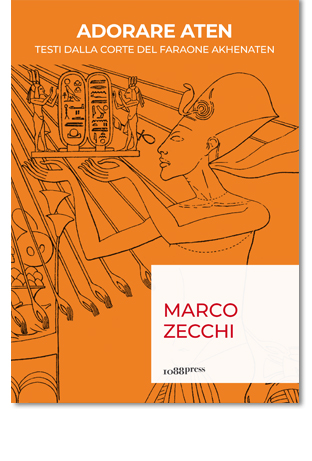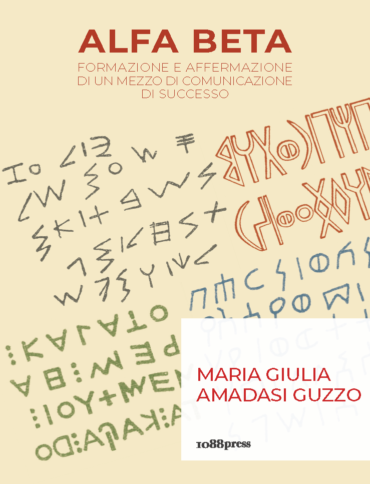The methods, concepts and practices of KU Leuven’s Sagalassos Archaeological Research Project.
Sagalassos speaks to the imagination in more ways than one. The authentic and natural beauty of the site no doubt plays a role in that. The Sagalassos Project testifies to the fact that its core business, archaeology, also appeals to the imagination. Learning about the past is fascinating, for young and old alike. Curiosity unquestionably plays a role in this. Archaeologists, as any other scientist, are driven to really know about past human activities. As they leave no stone unturned in their endeavours, archaeologists also stimulate the curiosity of society. The public at large is not only interested in the results per se, but also wants to understand how knowledge about the past comes about. This volume gives the word to the archaeologists and other scientists of the Sagalassos Archaeological Research Project. They explain their ways, methods and concepts as they reconstruct and interpret the past of the archaeological site of Sagalassos and the surrounding study region.
By bringing testimony to the broader discipline of archaeology, this book deserves to be read by scholars and students with an open interest in classical archaeology who wish to (re)discover some of the basics of the science and process. It will also be of interest to professionals involved with archaeologists and the wider interested public.
Contributors: Sam Cleymans (Gallo-Roman Museum Tongeren), Ebru Torun, Göze Üner and Özge Başağaç (independent architects), Rinse Willet (Radboud University) and Philip Bes (Österreichisches Archäologisches Institut), Fran Stroobants (Royal Library of Belgium), Dries Daems (KU Leuven) Johan Claeys (KU Leuven), Bas Beaujean (KU Leuven), Peter Talloen (Bilkent University), Ralf Vandam (Vrije Universiteit Brussel ), Patrick Willett (ARIT).
Ebook available in Open Access. This publication is GPRC-labeled (Guaranteed Peer-Reviewed Content).
- 2023
- Published by: Leuven University Press
- Table of Contents
- pp. 4-5
- How do we document ancient coinage?
- pp. 96-121
- How do we document time?
- pp. 122-141
- Illustration credits
- pp. 242-243
- About the authors
- pp. 244-247


 Download Full Book
Download Full Book















 Stumble It!
Stumble It!
